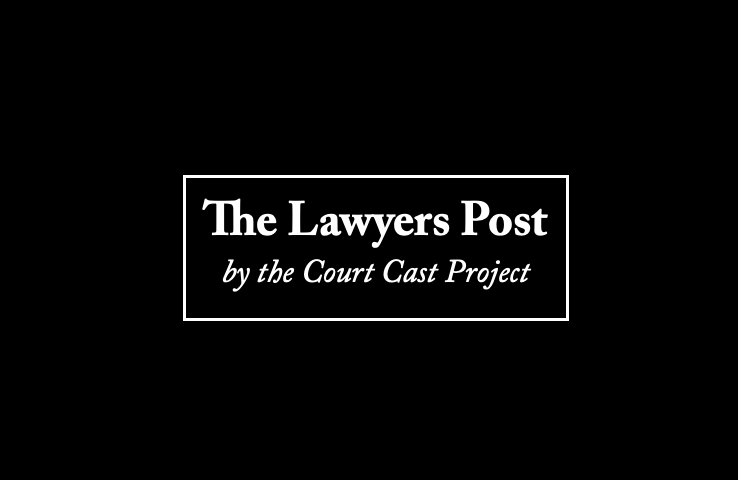For years, three rivers in western Rajasthan have carried more poison than water—quietly collecting industrial waste, untreated sewage and the consequences of official indifference. This week, the country’s top court finally snapped that silence.
In a stinging rebuke, the Supreme Court declared that the Jojari, Bandi and Luni rivers had been reduced to “open drains,” with more than two million people living downstream left to pay the price in their soil, their groundwater and their health. The bench, no longer willing to tolerate what it called decades of administrative apathy, revived the long-stalled directives of the National Green Tribunal and ordered the State to get to work—properly, and immediately.
A new High-Level Ecosystem Oversight Committee, led by former judge Sangeet Lodha, will now take charge of the rescue mission. Its task is enormous: track down illegal discharge spots, audit crumbling treatment plants, and sketch out a scientific, time-bound blueprint to nurse the rivers back to life. The State must fund the entire operation, with the Court leaving open the possibility of recovering those costs from the very industries that helped create this ecological mess.
The case landed before the Court after a documentary charting the Jojari’s decline stunned viewers with images of blackened water and chemical foam—a visual ledger of everything that had gone wrong in Jodhpur, Pali and Barmer. Once the Court took note in September, the State scrambled into action: factories were shuttered, inspections began, and reports trickled in. But the bench refused to mistake this sudden burst of activity for genuine progress, calling it what it was—work done “years too late.”
The Court made clear that its earlier stay on NGT penalties had been badly misunderstood. It wasn’t a shield for inaction. It wasn’t an invitation to press pause. It only protected State agencies and local bodies from immediate monetary consequences—not from their fundamental responsibility to provide clean water and safe living conditions.
At the center of the Court’s reasoning lay Article 21—the right to life. The bench drew a straight, unmistakable line between toxic rivers and constitutional injury. Polluted water, contaminated soil and failing health, it said, chip away at the very promise that the Constitution makes.
Now, with the Lodha Committee stepping in, the State has been told to drop the firefighting approach and adopt a real plan—one rooted in science, urgency and long-term thinking. Knee-jerk closures and symbolic clean-ups won’t undo decades of damage.
The matter returns to the Court in February 2026, when the first progress report will reveal whether Rajasthan is finally ready to treat its rivers as lifelines, not dumping grounds.





